London Street, Fleetwood, Lancashire, FY7 6JE
This former Sunday school bears the name of Thomas Atkinson Drummond, who, in the mid 19th century, built most of the workers’ cottages and the churches in the new town of Fleetwood. The Congregationalists took advantage of Hesketh’s offer of land and engaged Drummond to build their church on West Street, now Lord Street. They built their Sunday school diagonally opposite in London Street.
Text about Hesketh-Fleetwood and Decimus Burton.
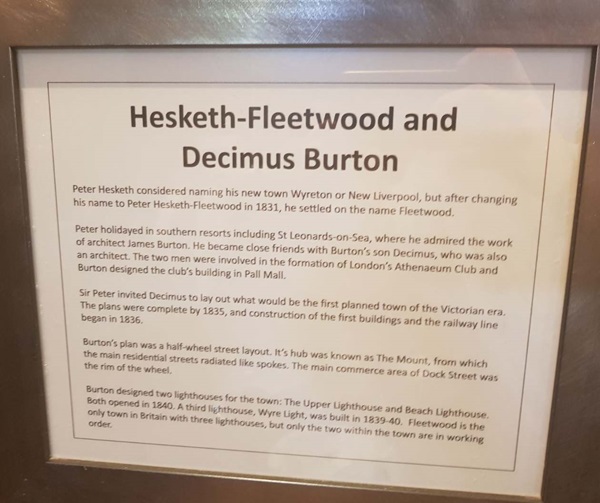
The text reads: Peter Hesketh considered naming his new town Wyreton or New Liverpool, but after changing his name to Peter Hesketh-Fleetwood in 1831, he settled on the name Fleetwood.
Peter holidayed in southern resorts including St Leonards-on-Sea, where he admired the work of architect James Burton. He became close friends with Burton’s son Decimus, who was also an architect. The two men were involved in the formation of London’s Athenaeum Club and Burton designed the club’s building in Pall Mall.
Sir Peter invited Decimus to lay out what would be the first planned town of the Victorian era. The plans were complete by 1835, and construction of the first buildings and the railway line began in 1836.
Burton’s plan was a half-wheel street layout. Its hub was known as The Mount, from which the main residential street radiated like spokes. The main commerce of Dock Street was the rim of the wheel.
Burton designed two lighthouses for the town: The Upper Lighthouse and Beach Lighthouse. Both opened in 1840. A third lighthouse, Wyre Light, was built in 1839-40. Fleetwood is the only town in Britain with three lighthouses, but only the two within the town are in working order.
An illustration and text about the lighthouses.
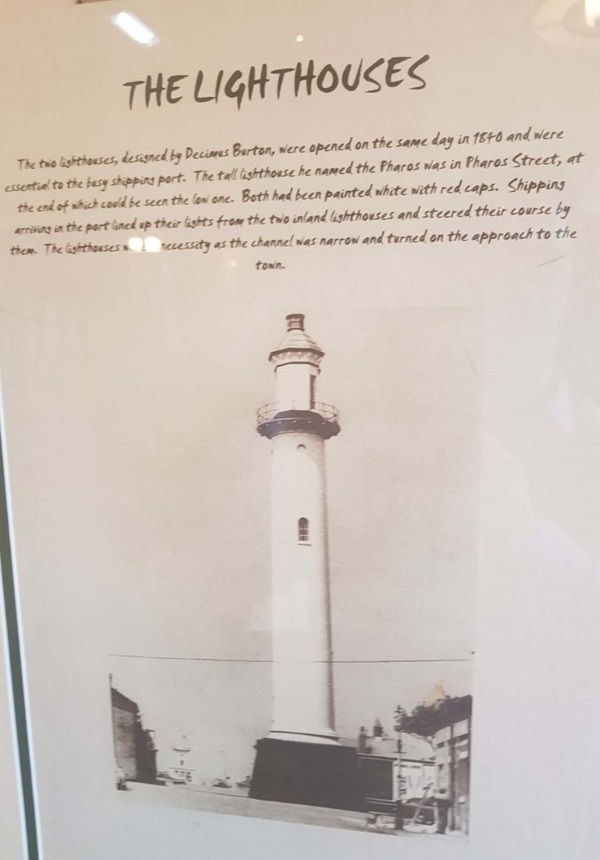
The text reads: The two lighthouses, designed by Decimus Burton, were opened on the same day in 1840 and were essential to the busy shipping port. The tall lighthouse he named the Pharos was in Pharos Street, at the end of which could be seen the low one. Both had been painted white with red caps. Shipping arriving in the port lined up their lights from the two inland lighthouses and steered their course by them. The lighthouse was a necessity as the channel was narrow and turned on the approach to the town.
A design for the layout of the town.
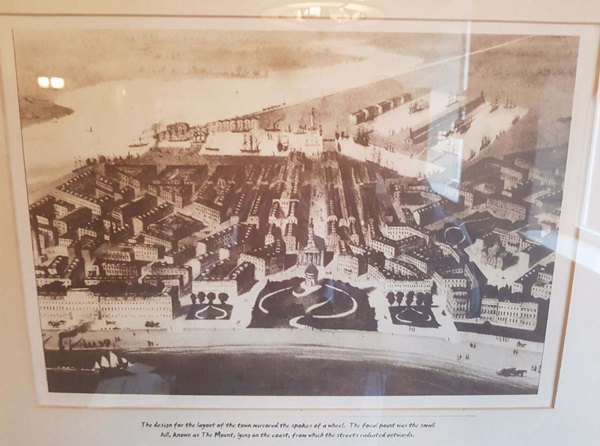
The design for the layout of the town mirrored the spokes of a wheel. The focal point was the small hill, known as The Mount, lying on the coast, from which the street radiated outwards.
A print and text about Fleetwood flooding in 1927.
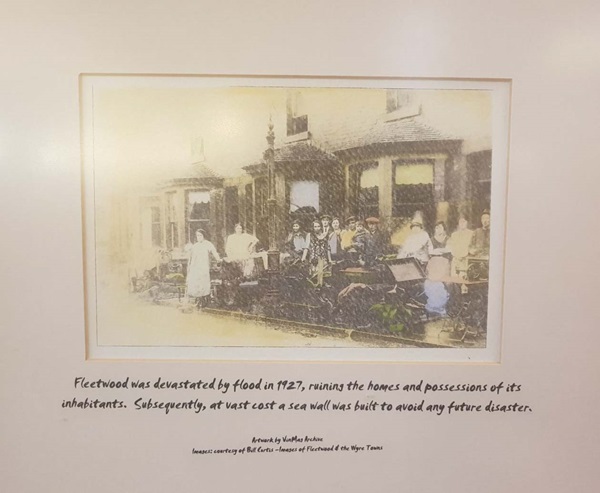
The text reads: Fleetwood was devastated by flood in 1927, ruining the homes and possessions of its inhabitants. Subsequently, at vast cost a sea wall was built to avoid any future disaster.
An illustration and text about The North Euston Hotel.
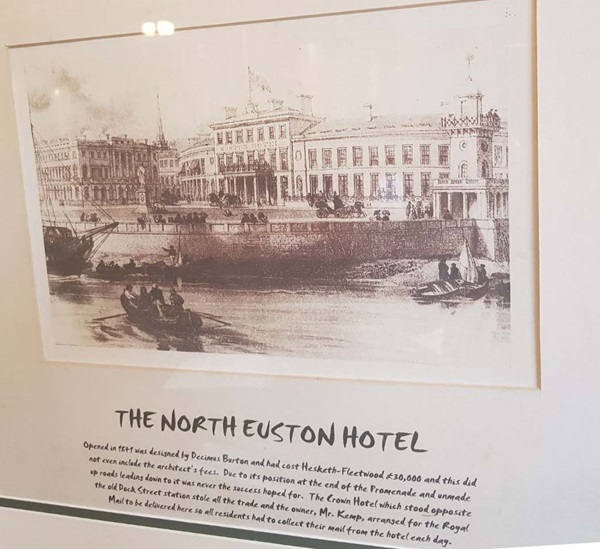
The text reads: Opened in 1841 was designed by Decimus Burton and has cost Hesketh-Fleetwood £30,000 and this did not even include the architect’s fees. Due to its position at the end of the promenade and unmade up roads leading down to it was never the success hoped for. The Crown Hotel which stood opposite the old Dock Street station stole all the trade and the owner, Mr Kemp, arranged for the Royal Mail to be delivered here so all residents had to collect their mail from the hotel each day.
A print of Lord Street, with a view of the Empire Theatre, later known as Art Cinema.
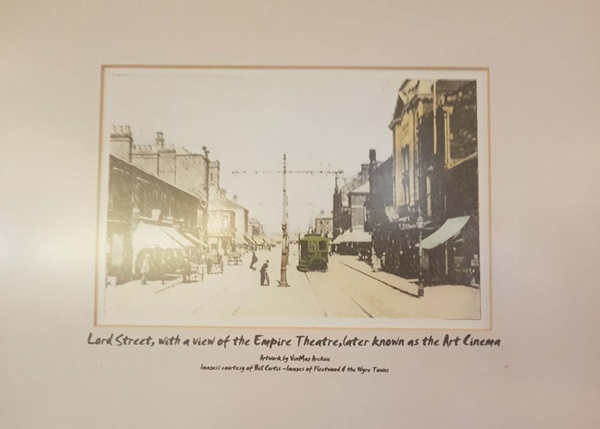
An illustration by VinMas Archive.
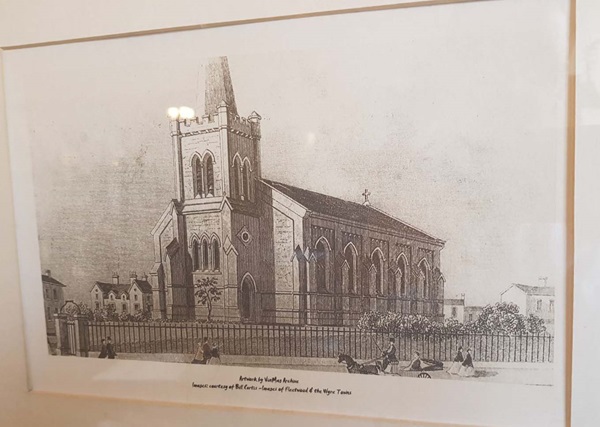
A print of the low lighthouse designed by Burton and the lifeboat house both situated opposite the North Euston Hotel.
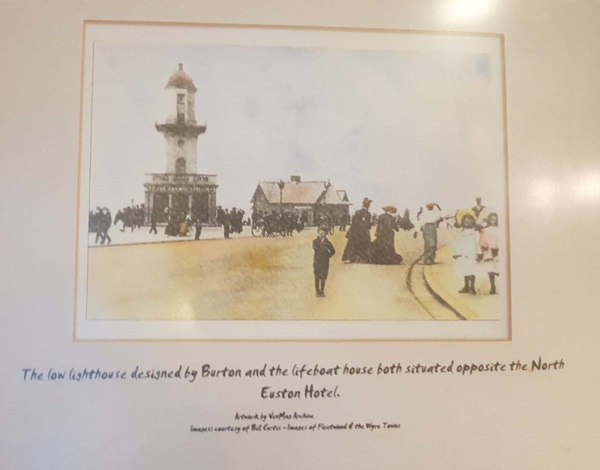
A print of prawners on the Jubilee Quay by VinMas Archive.
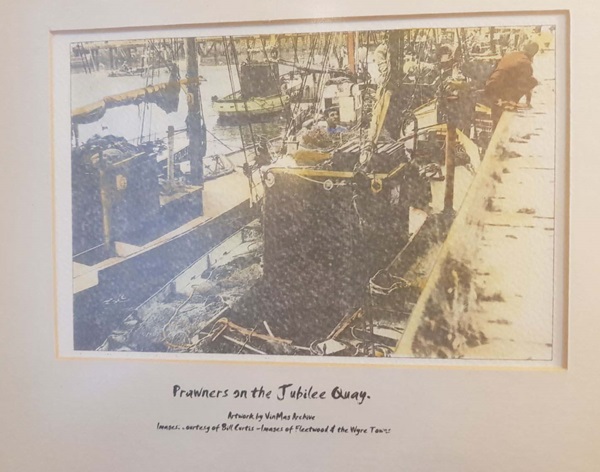
External photograph of the building – main entrance.
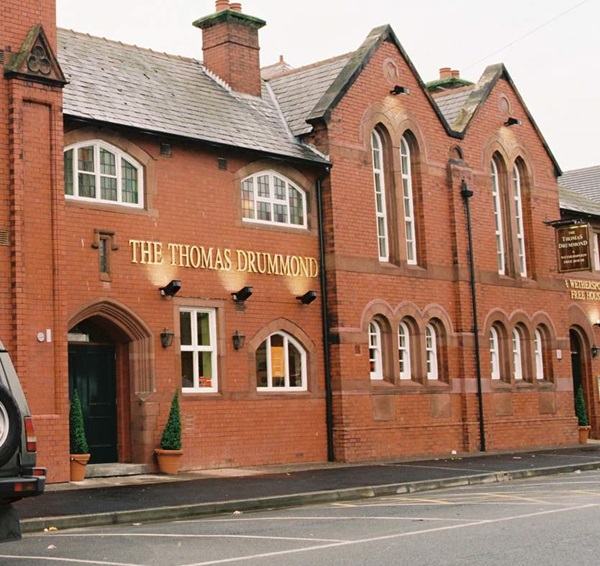
If you have information on the history of this pub, then we’d like you to share it with us. Please e-mail all information to: pubhistories@jdwetherspoon.co.uk